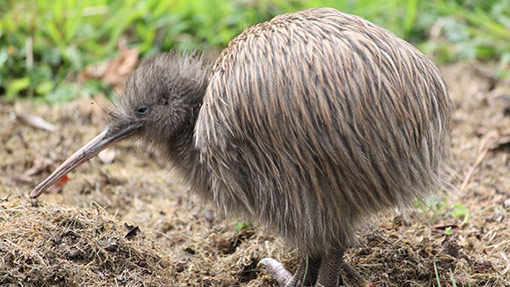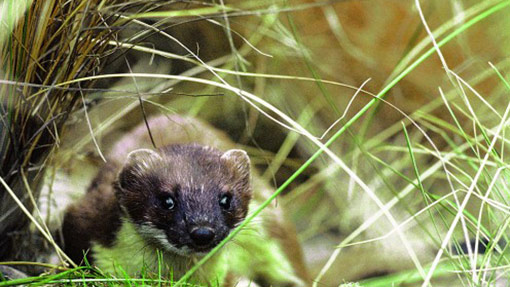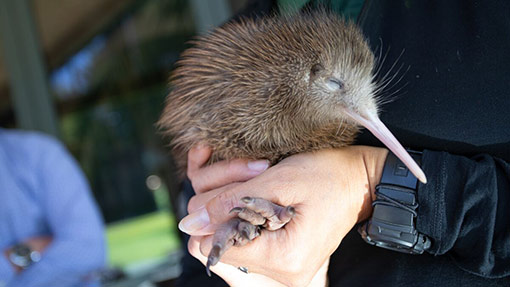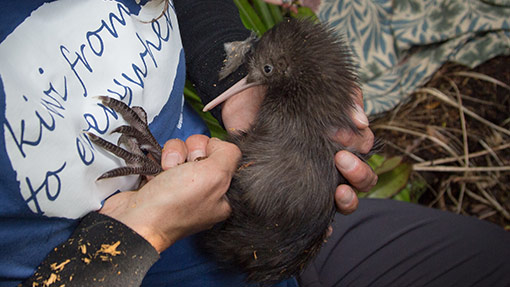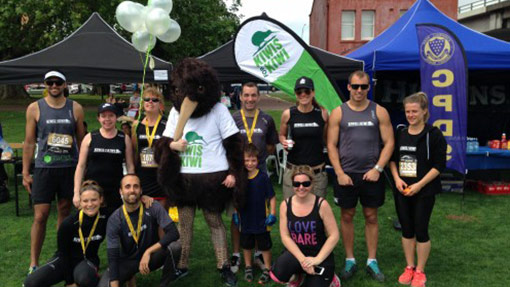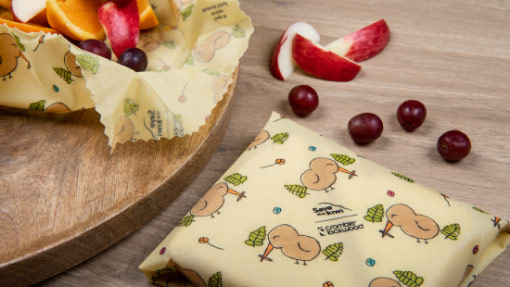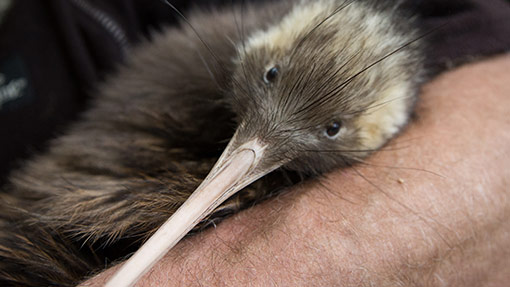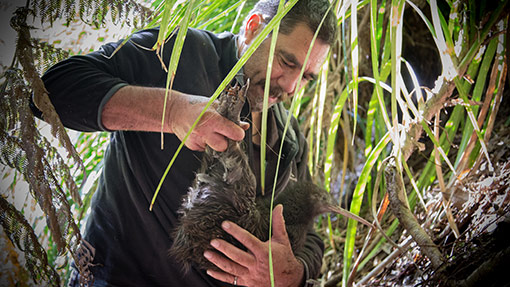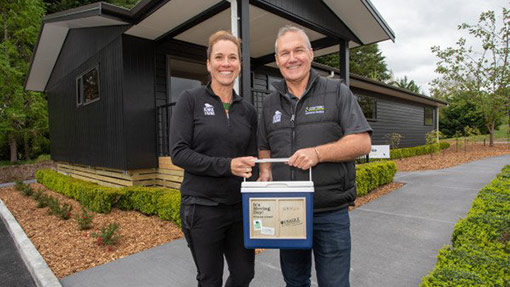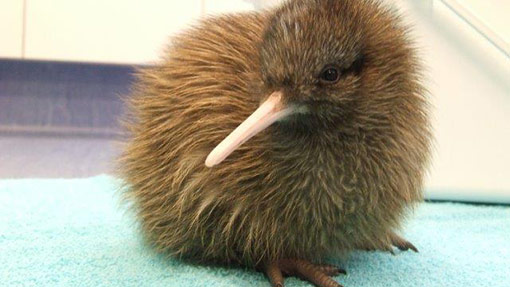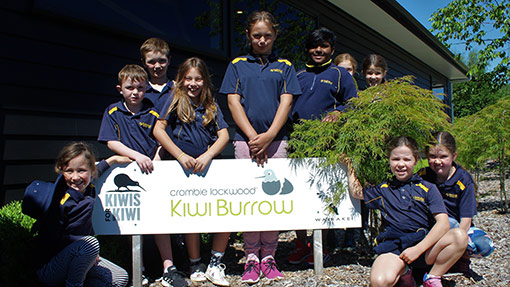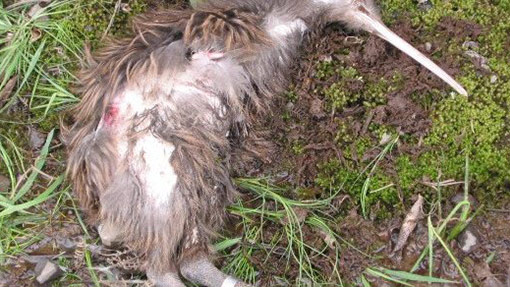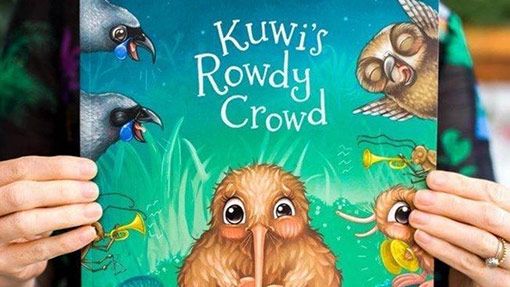Brown kiwi (Apteryx mantelli) have long noses, short tempers, and brown, spiky plumage.
All brown kiwi live in the North Island. Four geographically and genetically distinct forms have been identified: Northland, Coromandel, western (mainly Taranaki/Whanganui), and eastern (mainly Hawkes Bay, Bay of Plenty, and East Cape).
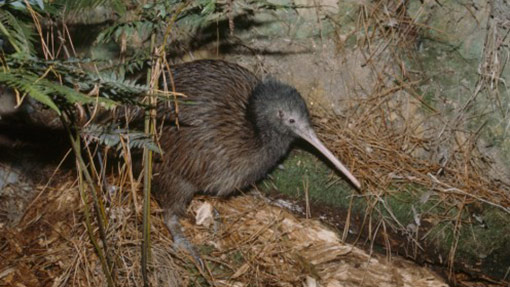
Population status
All population numbers quoted are based on 2015 estimates unless otherwise stated. An updated population estimate will be provided in 2022, based on expansion of predator control operations and increased knowledge on the outcomes of various pest control regimes.
Brown kiwi are New Zealand’s second most numerous kiwi species (after tokoeka). Their total population is estimated to be 24,550.
Brown kiwi are the focus of most community-led kiwi conservation groups in the North Island. These efforts are making an enormous positive difference to the species’ future.
Within brown kiwi, the Coromandel taxa is the most rare, with about 1,700 birds. This population is growing thanks to both the Moehau kiwi sanctuary and the community-led kiwi initiatives in the Coromandel. In 2015, most Coromandel brown kiwi were being actively managed – nearly 75% of them – and the population is predicted to grow by nearly 5% by 2030.
Numbers for the other three taxa are similar to each other (between 7,150 and 8,200 birds). Where they are actively managed, populations are flourishing.
However, in places with little or no management of predators populations are declining. Of all brown kiwi, the eastern taxa has the lowest proportion under active management – 21% of the population – and its numbers are predicted to grow by just 1% over the coming 15 years. Ferrets and stoats are the biggest problem for eastern brown kiwi.
Generally the news for brown kiwi is positive, with predictions that, over the next 15 years, total numbers for all four taxa will increase.
The table below shows the estimated brown kiwi populations in 2008 and 2015, and what they could be in 15 years time. The numbers assume that unmanaged mainland populations will decline by 3% each year, and that managed populations will increase each year – at more than 2% for the Northland and Coromandel taxa (2.8% and 4.8% respectively), but at less than 2% for eastern and western brown kiwi (1.0% and 1.3% respectively).
Family dynamics
Breeding pairs
As with other kiwi species, brown kiwi pairs are generally monogamous; that is, they have only one mate at a time. Monitoring shows that fewer than 5% of eggs don’t belong to both parents.
Brown kiwi also generally mate for life. Divorces do sometimes happen, usually after failed breeding attempts or if the birds are early in their breeding career. One kiwi couple, known as “Liz Taylor” and “Richard Burton”, divorced and then came back together. Research suggests that birds that divorce once are more likely to divorce again.
Eggs & clutches
Brown kiwi usually have two eggs in each clutch. While just one egg is not unusual, three is very rare.
Pairs usually have two clutches a season which means that in a good year they can raise four chicks. Some pairs have just one clutch, while some pairs will lay more than two clutches, especially if their eggs are removed as part of Operation Nest Egg or if lost to predation early on.
Incubation
Only the male brown kiwi incubates the eggs. He loses about 20% of his body weight during this time.
Chicks
Brown kiwi chicks are never fed by their parents. They first leave the burrow to feed when they’re 5–7 days old. Up until then, they’re nourished by their large yolk sac, leftover from when they were in the egg. Brown kiwi chicks leave the nest and fend for themselves from about 10 days of age, although some return to the nest for up to 70 days. Most finally leave their parents’ nests when they’re about 20 days old.
The mother stays near the nest while hatching is in progress, but only the male parent stays around the young chick when it returns to the burrow each day, to share warmth and maybe protection.
Operation Nest Egg
Brown kiwi have been part of Operation Nest Egg since the tool’s earliest days, beginning in 1993. The tool is now used on all four taxa, with the Coromandel brown kiwi being the latest addition.
Research has shown that when eggs are retrieved from the wild, adult brown kiwi lay 30% more eggs over a season. However, if a newly-hatched chick is retrieved, the parents are less likely to lay another clutch. That means taking eggs rather than newly-hatched chicks boosts kiwi populations more quickly because the adult birds are more likely to lay again.
Monitoring has revealed no evidence that Operation Nest Egg increases the likelihood of divorce. There had been a concern that pairs may have treated the eggs’ disappearance as breeding failure, which can cause divorce.
Kōhanga kiwi
Several kōhanga kiwi populations exist or are planned for brown kiwi. Read about them here.
Preferred habitat
Brown kiwi seem to prefer lowland and coastal native forest; their population density is highest in these areas. However, they are also found in sub-alpine areas including at the Chateau in Tongariro National Park and near the bush line at Taranaki Maunga. Huge changes to New Zealand’s original forest cover mean they have had to become adaptable.
Today, brown kiwi live in many different types of vegetation, including exotic forest plantations and rough farmland. While this may seem surprising, plants growing under pinus radiata trees often support native species, which means the soils provide an ample supply of insects for kiwi to eat.
Learn more about kiwi
Kiwi species
All kiwi are the same, right? Wrong. There are actually five different species of kiwi, all with their own unique features.
Threats to kiwi
The national kiwi population is under attack from many different threats, including predators, loss of habitat, and fragmentation of species.
Where to see kiwi
Many facilities around New Zealand are home to kiwi, plus there are places where, if you're lucky, you could see one in the wild too.
How you can help
Many hands make light work. Keen to join the mission to save the kiwi? Here are some ways you can help.
Protect kiwi
For kiwi to thrive, we all need to work together. Find out what you can do to help save the kiwi, wherever in Aotearoa you happen to be.
Fundraise
To continuing saving the kiwi, conservation groups need funding. Support the mission by making a donation, setting up a fundraising project, or engaging with other fundraising initiatives.
Shop for kiwi
Show your support for Save the Kiwi and some of our wonderful sponsors by purchasing products that will help us do more of what we do.
Donate
Make a quick donation, donate a day of annual leave or invest to save the kiwi.


